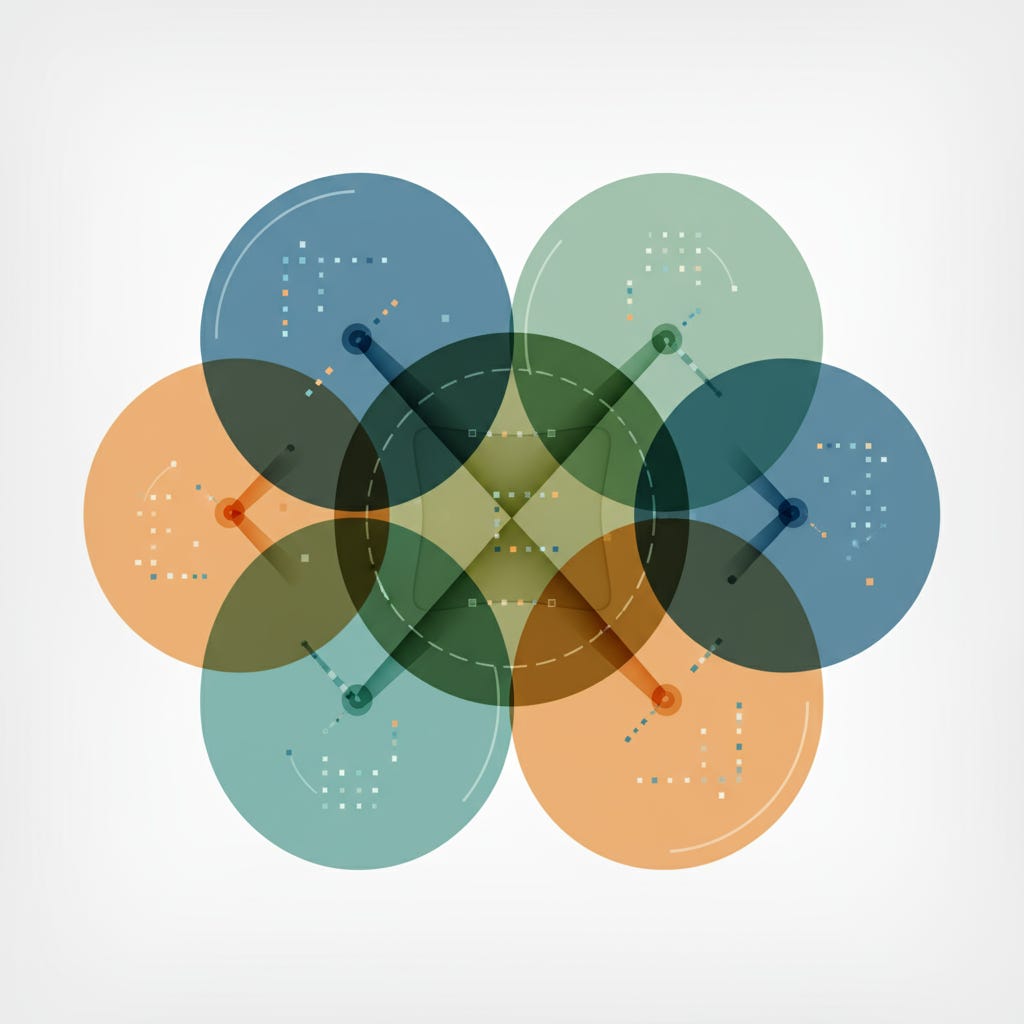Why your project reports are putting people to sleep
And how to wake them up with better data stories.
Last week I was in a client meeting where a supplier presented their quarterly report.
Twenty slides of charts, graphs, and metrics. The room went quiet. Not the good kind of quiet.
Their data was solid. Insights were spot on. But the presentation? It felt like reading a phone book - like we used to have in the 90s.
This got me thinking about how we present data in our agency work. We're drowning in metrics - project timelines, budget tracking, website funnel stats, our product metrics.
But most of us are terrible at turning those numbers into stories people actually care about.
Data without story is just noise
Here's what I've learned after years of presenting project data to clients, stakeholders, and senior management.
Raw numbers don't persuade anyone. Stories do.
When you walk into a room with a hundred slides of numbers and graphs, you're asking people to do the work of connecting dots. When you walk in with a story built from that same data, you're giving them a reason to care.
Know who you're talking to
Before you touch a single chart, ask yourself: who's sitting across from me?
If you're presenting to execs, they want the bottom line. How does this data support business decisions? What's the ROI story?
If you're talking to creative teams, connect your data to user experience. Show them how numbers translate to better design decisions.
If it's a client presentation, focus on their specific goals. Don't show them every metric you track. Show them the ones that matter to their success.
Find your one big thing
This is where most people fail - trying to tell every-single-insight the data contains.
Pick one clear insight. One compelling trend. One problem that could be solved or needs solving.
Everything else is supporting evidence.
I learned this the hard way years ago when a client told me: "I can't remember what you wanted me to do with all those numbers."
Now, I start every reporting or analytics presentation with one sentence: "Here’s the one thing you need to do from this presentation today"
Make it visual
Charts and graphs aren't just decoration. They're your main characters.
A good visual tells the story instantly. It shows the problem, the trend, or the opportunity without explanation.
But keep them simple. One chart, one message. If you need 10 different colours and a legend to explain what's happening, start over.
Build tension like a good thriller
Every compelling story has conflict. Your data story should too.
Start with the challenge: "Our conversion rates dropped 15% last month."
Build the tension: "We tried three different approaches to fix it."
Deliver the resolution: "Here's what worked, and here's what we're doing next."
Take your audience on a journey.
Connect with real examples
Numbers feel abstract until you make them human.
Instead of saying "User engagement increased 23%", tell them about the customer who sent a thank-you email because the new feature saved them two hours a week.
Instead of "Project delivery time improved", share the story about hitting that impossible deadline and the value that you delivered.
Stop boring people with your brilliant insights
The irony is that agencies can often have the best data insights in the room. We see patterns others miss. We spot problems before they become disasters.
But we present those insights like accountants reading tax codes.
Your data deserves better than bullet points and pie charts. It deserves a story that makes people lean forward and want more.
Quick wins for your next presentation
Start with the main insight, not the process.
Use one compelling visual per main point.
Tell them what action to take based on the data.
Connect every number to a real business outcome.
Practice your story out loud before the meeting.
The reality check
Good data storytelling takes practice. Your first attempt might feel forced or awkward.
That's normal. Keep refining your approach based on how people respond.
The goal isn't to become a professional presenter. It's to stop letting great insights get lost in boring reports.
Your data is too valuable to put people to sleep.


